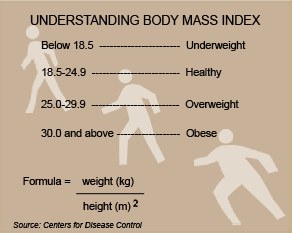Riddle me this: They are all the rage and you see them everywhere. When talking to a friend or family member, you may have heard the words, " I have to get my steps in today!" Every technology brand you know of has one of the market.
That's right... An Activity Tracker!
Do you have one yet? I have to admit... Mine hardly leaves my wrist. If you have yet to purchase your own tracker, I suggest you do some additional research and really question what you are looking for in a tracker. I personally knew I wanted something to track steps, and sleep. I had also begun running and wanted to know my heart rate. All of those reasons were important, but I also wanted something where I could challenge others and myself. Being the majority of my friends had Fitbit Trackers, that's the direction I took.
I decided for myself on a Fitbit Charge HR. The features & benefits of this particular model was right in line for what I was looking for:

- Steps, Calories, Distance
- Clock
- Sleep Tracking
- Auto Sleep Detection
- Silent Wake Alarm
- Floors Climbed
- Active Minutes
- Multi-Sport
- Continuous Heart Rate
- Caller ID
Now its time for 2 of my most favorite things:
Numbers to use for accountability & a challenge!!
Numbers to Know:
2000 steps = 1 mile
Numbers to use for accountability & a challenge!!
Numbers to Know:
2000 steps = 1 mile
10,000 steps = 5 miles
10,000 steps for weight management
The Challenge:
The Challenge:
Wear your fitness tracker or pedometer for 5 days and track your average steps. Now aim to increase that number every couple of days until you have reached that maintenance goal of 10,000, or 5 miles! Keep it up!!
Running out of ideas on how to get your steps in??
Walk the dogs.
Take the kids to the park.
Take pictures with all the animals at the Zoo.
Get some history with a stroll through a Museum.
Power walk a shopping mall.
Getting healthy shopping at the grocery.
Walking the block with your Spouse.
Binge watching your favorite show while on the treadmill.
Joining a 5k Race.
Enjoying nature with a hike on a trail.
Going on an out of town adventure!
The Surgeon General's recommendation for physical activity is an additional 30 minutes of moderate activity on top of your everyday activity.
Other Activities to Enjoy:
Taking a swim in the pool.
Getting a workout in at the Gym
A family bike ride.
A paddle on a kayak or canoe.
A family bike ride.
A paddle on a kayak or canoe.
Playing with the kids at the playground.
No matter what... Just get MOVING!!
No matter what... Just get MOVING!!
 |
| Kayaking at Floyds Fork! |








